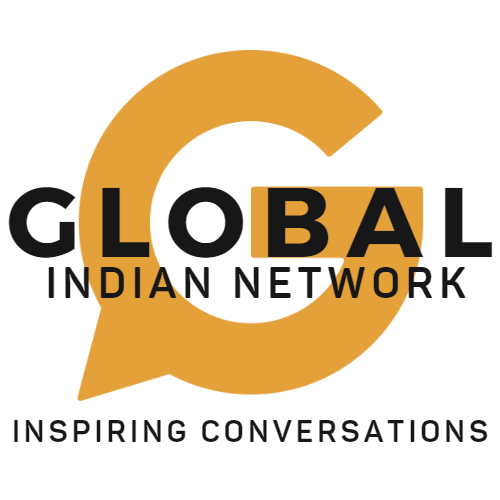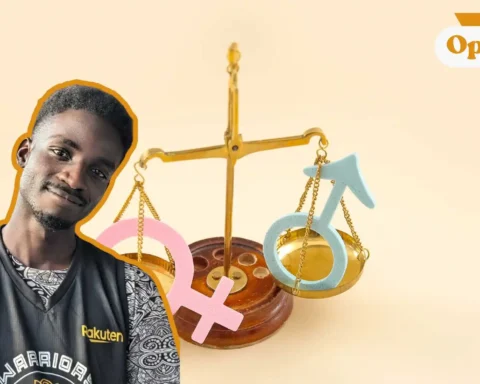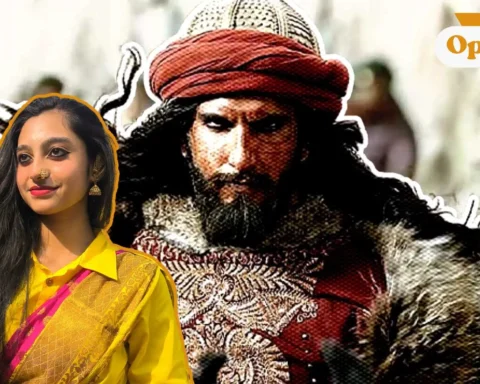Feminism, by definition, is the social, political and cultural movement and ideology that centers around the advocacy for the rights of women in the social, political and economic spheres and ensuring they’re equal to that of men. Conversely, white feminism and, in the Indian context, upper caste feminism do not refer to feminism practised by white or upper caste people. White and upper caste feminism refers to a brand of feminism that focuses on gender discrimination but ignores all the other nuances that affect women who hail from marginalised communities, i.e. coloured and lower caste women.
Intersectionality in Feminism, Race and Caste.
Coined by Kimberle Crenshaw in 1989, Intersectionality refers to the interlocking and often overlapping forms of oppression that can befall an individual who belongs to many marginalised communities. For instance, a Dalit woman can and will face all the forms of discrimination that comes with being a Dalit but will also face those that come with being a woman. Intersectionality is not just limited to caste and race as it can span to immigrant women, refugees, disabled as well as poor women. However, for the purpose of this article, we will focus on feminism within the realms of caste and race.
It is important to note that with intersectionality, oppression works as an interlocking framework. The various forms of oppression do not work in isolation of each other but rather in tandem. For instance, in the United States, black women have been reported to not receive proper medical care during pregnancy as doctors perceive them to be exaggerating their pain, especially during labour. This belief stems from racist pseudoscience that can be traced back to slavery in the Americas. The uniqueness of this problem is not an all-black people problem or a woman-only problem but a black women’s problem, thus intersectionality. However, its solution lies in both feminist and race discourse.
Understanding that intersectionality is a unique and prevalent problem is inherent to the modern wave of feminism. In earlier waves of feminism, intersectionality was not only ignored but at times, the very voices who fought for female autonomy sought to marginalise other communities. A prime example is Margaret Sanger, who was the founder of Planned Parenthood but also was an advocate for Eugenics, the same pseudoscience behind Nazism. While many such overtly discriminatory voices have been filtered through time, their legacy has endured. In 2025, upper class and relatively privileged voices in terms of caste and race still dominate feminist discourse.
White and Upper Caste Feminism
Since the commencement of the fourth wave of feminism, there has been a concerted effort to address the impacts of intersectionality. However, this deliberate effort has been ineffective in some ways. One reason is the concept of the perfect victim.
The perfect victim is a socially constructed concept often attributed to women who suffer abuse. For the woman to gain public sympathy and, at times, justice, she must fit the mould of the perfect victim. The perfect victim has to be “innocent” (non-confrontational, not sexually active, not intoxicated), “respectable” according to dominant cultural standards (middle-upper class, cis-gender, conventionally attractive, white or upper caste) and seemingly “submissive”.
Although the concept of the perfect victim is usually only ever used in the context of women who suffer gendered violence and abuse, when viewing victims, applying that concept in this context is, in some ways, a misuse. However, the same parameters that are used in constructing the perfect victim also apply when viewing women in the public space.
Because the sort of woman who is to have a voice (albeit at times a limited one) often belongs to the dominant culture, the societal biases that discriminate against marginalised women exclude them from the conversation from the get-go. This deplatforming makes it so that, for the most part, marginalised women have to rely on women belonging to the dominant culture. Women who, most of the time, tend to have a blindspot to the entire concept of intersectionality or, as discussed earlier, might just be racist or casteist themselves.
This was exemplified in late 2024 when Indian Minister of Finance Nirmala Sitharam said, “If patriarchy stopped women from achieving what they want in India, how come Indira Gandhi made it as Prime Minister?… Don’t get carried away by fantastic jargon. If you stand up for yourself and speak logically, patriarchy will not stop you from achieving your dreams.” It does not require a degree in sociology or gender studies to see how ridiculously wrong the claim is. It also would not take a crystal ball to guess that Minister Sitharam comes from a Brahmin middle-class family and her husband hails from a political dynasty.
Calling the patriarchy, a system that has, for most of human history, held women back, “fantastic jargon” is emblematic of how one’s privileges can make them blind the environment around them.
Conclusion
Feminism, in theory, is a simple concept: the equality of the genders and sexes. In practice, it is deeply layered, as not all women are the same. With the focus being on race and caste, even this article fails to adequately discuss several aspects of womanhood such as Queerhod, disability and many others that frankly do belong in the conversation as they are often neglected by white and upper caste feminism. Again, this is not to say that all white and upper caste feminists are prejudiced or ignorant. Many activists and advocates have come from positions of cultural and economic privilege. It is to highlight the shortcomings of white and upper-caste feminism as a concept.
Let us know your thoughts in the comments below. If you have burning thoughts or opinions to express, please feel free to reach out to us at larra@globalindiannetwork.com.









